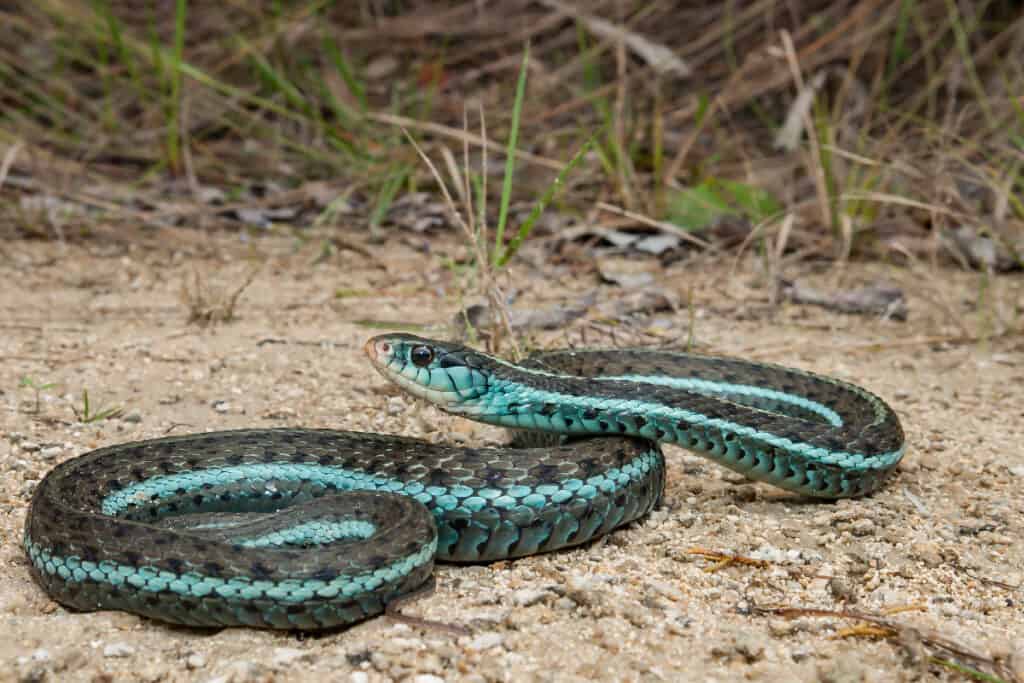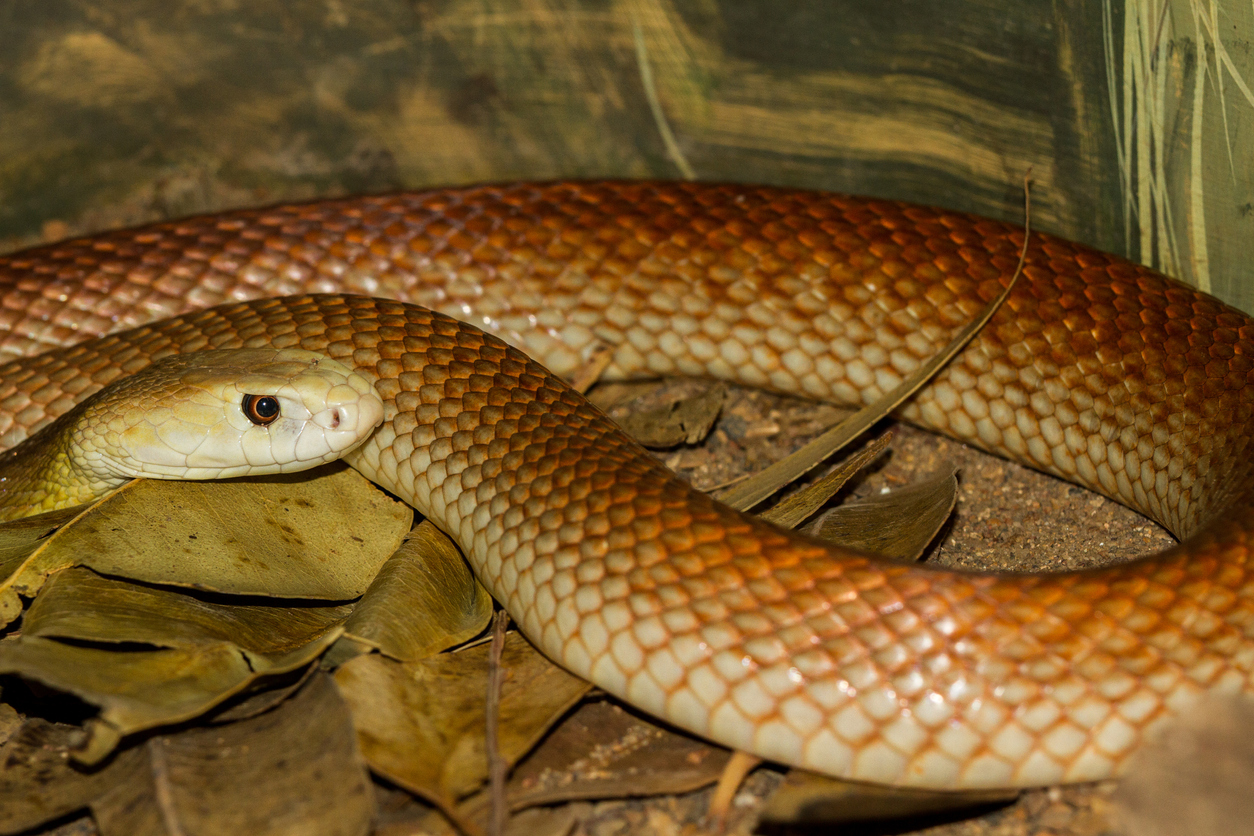Introduction
Australia, a land of diverse wild animals, is home to several fascinating animals, including serpents that can motivate both admiration and fear. Amongst these snakes is the tiger serpent, known for its striking look and credibility as a poisonous predator. As a result, one inquiry regularly develops: Are tiger snakes venomous? This short article will certainly explore the misconceptions and realities bordering tiger serpents, their habitat, behavior, clinical effects of their bites, and much more.
Are Tiger Snakes Venomous?
When it comes to the inquiry of whether tiger snakes are venomous, the answer is an unquestionable yes. Tiger serpents (Notechis scutatus) are indeed poisonous and ranking amongst one of the most unsafe serpents in Australia. Their poison contains potent neurotoxins that can bring about paralysis and also death first aid snake bite otherwise dealt with promptly.
While deaths from tiger snake bites have become much less usual as a result of improvements in medical treatment and antivenom schedule, this does not lessen the need for caution when running into these reptiles. The prospective impacts of a tiger snake bite include serious pain at the site of the bite, swelling, queasiness, difficulty breathing, and neurological symptoms such as weakness or paralysis.
Types of Tiger Snakes
In Australia, there are numerous identified subspecies of tiger serpents:

- Eastern Tiger Snake (Notechis scutatus): Located mainly in southeastern Australia. Tasmanian Tiger Snake (Notechis scutatus): A subspecies found just in Tasmania. Black Tiger Snake: Understood for its darker coloration.
Each of these species has variations in dimension and habits yet shares comparable are white crowned snakes venomous venom characteristics.
The Environment of Tiger Snakes
Where Do They Live?
Tiger serpents are adaptable animals found across numerous environments throughout Australia. They usually occupy seaside areas but can also be found in marshes, swamps, riversides, and forests. Their preference for moisture-rich environments makes them skilled swimmers; for this reason they flourish near water bodies like lakes or marshes.
Geographical Distribution
- Southeastern Coast: Home to Eastern tiger snakes. Tasmania: Controlled by Tasmanian tiger snakes. Northern Regions: Where you may come across less commonly seen variants.
Habitat Preferences
Tiger serpents Best first aid practices for Australian snakebites choose areas with bountiful cover where they can conceal from killers while hunting for target. They frequently quest tiny mammals, frogs, birds, and also fish-- making them flexible seekers within their ecological niche.
The Anatomy of a Tiger Snake
Physical Characteristics
Tiger snakes possess distinctive physical traits that differentiate them from various other Australian reptiles:
- Coloration: Commonly banded with yellow or light-colored red stripes on a dark background. Size: They can mature to 2 meters long; nevertheless, typical dimensions vary in between 1.2 to 1.5 meters.
The special coloration serves both as camouflage against killers and while tracking prey in their natural habitat.
Behavioral Traits
Understanding the behavioral patterns of tiger serpents is essential for those living within their geographical array:
- Nocturnal Activity: They are mostly active during the night yet might additionally hunt throughout the day. Defensive Behavior: When endangered, tiger snakes may hiss loudly or squash their bodies-- a warning sign showing they really feel cornered.
Tiger Snake Bite Symptoms
If bitten by a tiger serpent, people should expect certain symptoms that materialize not long after:
Severe local pain Swelling around the bite area Nausea or vomiting Difficulty breathing Neurological symptoms such as muscle weaknessIt's essential never to underestimate these indications; prompt medical focus is vital following any kind of serpent bite incident.
First Aid for Serpent Bites
Immediate Activities After a Bite
Knowing exactly how to react promptly can conserve lives when taking care of potential serpent attacks:
Stay calm and still-- movement increases poison spread. Call emergency situation solutions immediately. Keep the influenced limb paralyzed listed below heart level. Avoid cutting or drawing out venom; this old better halves' tale could worsen conditions. Remove limited apparel or precious jewelry near the bite site.First Aid Kit Basics for Serpent Bites
A well-stocked emergency treatment package need to consist of things particularly helpful in dealing with snake bites:
|Item|Objective|| --------------------------------|-----------------------------------------------|| Clean and sterile plasters|To cover injuries|| Antibacterial wipes|To cleanse around bite area|| Emergency situation get in touch with numbers|For fast gain access to during emergencies|| Compression plaster|To aid paralyze impacted arm or leg|
Proper preparation can make all the difference when an emergency strikes.
Fact vs Myth About Tiger Snakes
Myth 1: All Snakes Are Aggressive
Contrary to usual idea, not all snake types exhibit aggression in the direction of human beings. As a matter of fact, several prefer to retreat than challenge us.
Myth 2: A Bite Constantly Results In Death
While deadly bites do happen-- many thanks greatly to delayed treatment-- the majority of attacks are non-fatal if dealt with immediately with antivenom.
Myth 3: You Can Suck Out Venom
This extensively held idea is false; trying to draw out poison just raises problems instead of alleviating them!
FAQs
1. Are child tiger snakes more harmful than adults?
Baby tiger serpents might possess much less venom than adults however often provide bites readily as a result of being even more frightened.

2. How long does it consider signs to appear after a bite?
Symptoms usually appear within minutes however can sometimes take hours depending upon factors like individual wellness conditions.
3. What need to I do if I see a tiger snake?
Maintain range! Prevent provoking it; most experiences end without incident if you value their space.
4. Exists an antivenom offered for tiger serpent bites?
Yes! Antivenom exists specifically formulated for treating health problems triggered by tiger snake bites-- it's important to look for specialist medical aid immediately!
5. Can I maintain a tiger snake as a pet?
Keeping any type of wild snake varieties postures considerable risks due mostly to their breeding habits & & dietary requirements-- it's best left in nature!
6. Exactly how prevalent are snake bites in Australia?
Australia sees countless snakebite cases annual; nevertheless casualties have actually lowered dramatically thanks mainly due improved understanding & & medical care access!
Conclusion
In final thought, comprehending whether "Are Tiger Snakes Venomous?" lugs substantial ramifications for individual security when interacting with these remarkable reptiles native to Australia's diverse ecosystems can not be overemphasized!

Arming ourselves with understanding concerning these animals-- from their environments and habits down with reliable emergency treatment methods-- encourages us toward more secure coexistence along with wildlife while mitigating threats associated with unintentional encounters!
By promoting education and learning regarding our atmosphere's details-- not just concentrating solely on worry-- we pave pathways in the direction of far better recognition & & preservation efforts profiting both mankind & & nature alike!